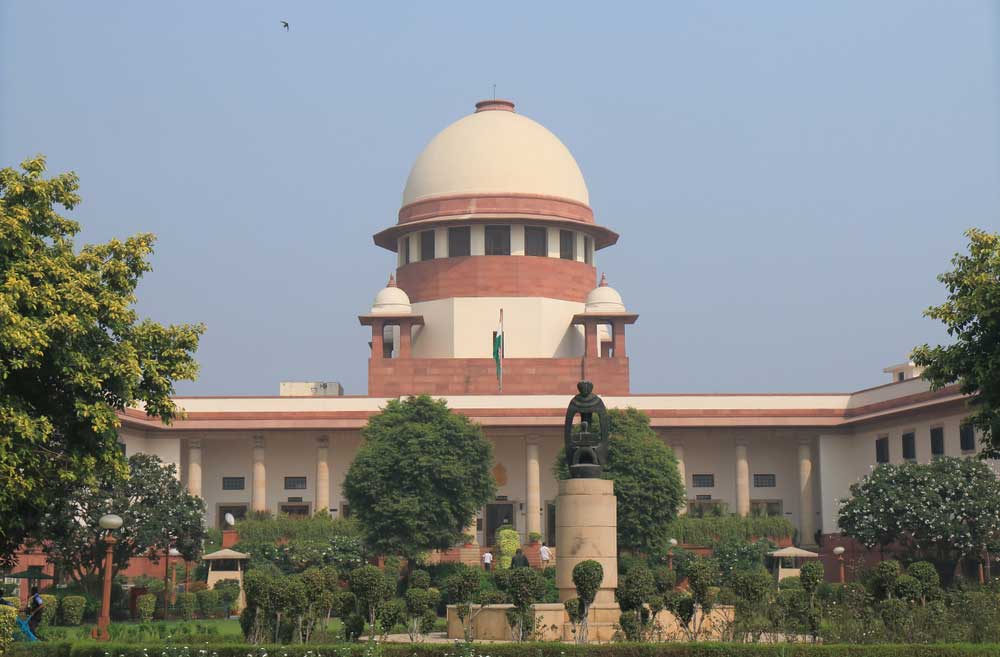Size does matter when it comes the paper that holds the petition, a group of lawyers has told the Supreme Court in a legal notice.
At the centre of the debate is something called the 'legal size paper', which measures 21.5cm x 34.5cm. This is the paper on which petitions have to be filed in the top court. No other size is permitted.
But there is no standardisation across the country between lower courts and the Supreme Court, wrote the lawyers, who are part of a group called Whistle for Public Interest (Whip). Some courts allow petitions on A4 sheets, which measure 21.0cm x 29.7cm. A4 is also the most widely available size of paper and the lawyers are of the opinion that a transition to A4 would help all, especially petitioners.
The lawyers' notice was sent to the apex court on September 30 on an A4. That's allowed as a notice is not a petition.
Whip argued that the practice of using different paper sizes by different courts makes “the entire legal system non-uniform and arbitrary”.
“It is brought to your notice… that currently in most judicial and quasi-judicial bodies functional in India, an exclusively designed size of paper namely the legal size paper is being used for pleadings. However, in some high courts, district courts and quasi-judicial bodies, an indefinite combination of both legal size paper and A4 size paper is being used,' the lawyers wrote. This was 'disorganised' and an 'unreasonable practice'.
Paras Jain, an advocate associated with Whip, said the lawyers had sought the court's reply in three weeks. “This makes the entire practice of filing petitions... especially difficult for people from outside Delhi, who find it hard to procure the legal size paper. Even if one gets it from a stationery, which is not so common, they are forced to buy a whole bundle that costs about Rs 350-400,” Jain said.
Petitioners whose cases have moved from a lower court to the top court need to reprint their petitions on legal size paper, an unnecessary hassle, the lawyers said. It also 'renders the entire system non-uniform and arbitrary. This is making our system unfriendly and non-accessible”, they write in the notice.
The legal size paper was a “colonial legacy”, not in use any more in most parts of the world, they said. The UK courts mandate the use of A4 paper for all petitions, as do the courts in the US.
The practice has financial implications, too, for petitioners. Photocopiers on the Supreme Court premises charge Rs 2 for each page of copying on a legal size paper, while for the A4 sheet, the charge is Re 1. “The cost difference and the financial burden between these two paper sizes is completely double,” the notice said.
The problem of non-standardisation is not completely lost on the judicial bureaucracy, which is evident from an extract cited in the notice, according to which, the high court computer committee had made a suggestion to courts to use the A4 sheet for uniformity, during a discussion in 2014.











